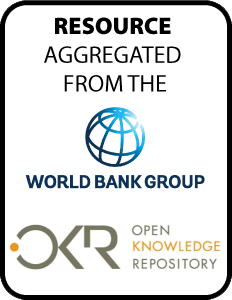Resource information
In conformity with its objective of
functioning as a local Government, Kathmandu Metropolitan
City (KMC) sought the assistance of the World Bank for the
preparation of a City Development Strategy (CDS) for
Kathmandu. The various sectoral as well as integrated
strategies presented in this document seem to be an
overwhelming demand on KMC with its limited manpower and
money. However, a CDS is essential if KMC is to focus its
development potential. The optimism lies in political
leadership, enabling environment and necessary support that
will be rendered to KMC from civil society. The vision for
Kathmandu stresses the need to develop the valley as
administrative, cultural and tourism center. The strategy to
move towards that vision through improvement in the overall
situation of the KMC, however, is likely to be a long drawn
struggle, yet achievable. The urban planning study strongly
recommends that Kathmandu should be accorded special status
as a capital city and large polluting and manufacturing
industries should be discouraged immediately and if
possible, re-location plans be drawn for existing industries
in the near future. Alternatively, service and light
industries should be promoted to replace the economic
opportunities. Urban areas in KMC are not designated by a
functional and occupational structure or contiguity criteria
for managing housing and squatter settlements. Housing
problems are a serious challenge in a situation where a
historically planned city is fast transforming itself into a
trade-cum-service center. On the other hand, it is
encouraging to note that despite the absence of city
specific policies and programs for housing, slums and
squatters, the communities are highly organized and are
gradually improving their conditions at their own costs,
which show their potential for mobilization in participatory
home improvement programs.


